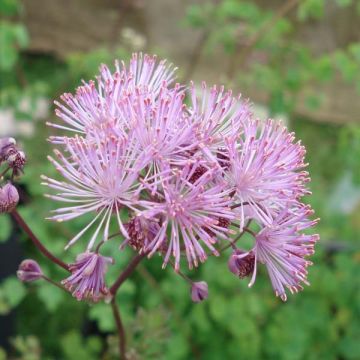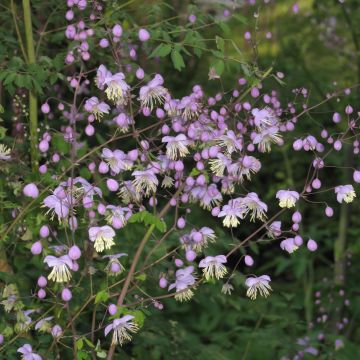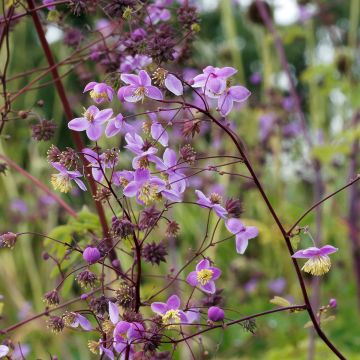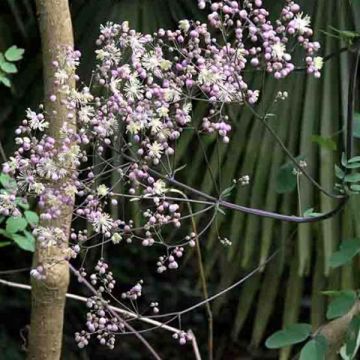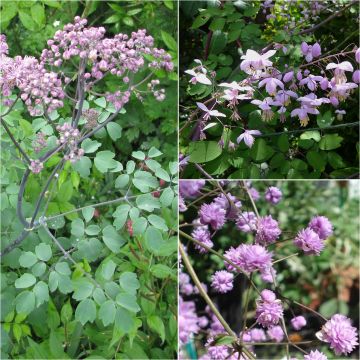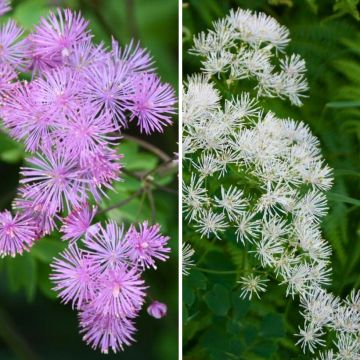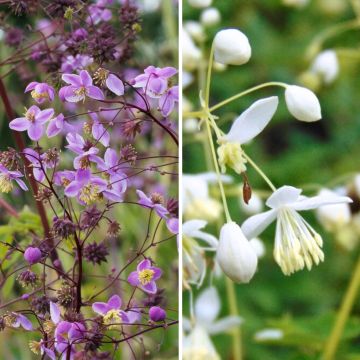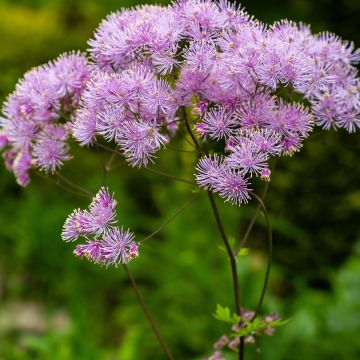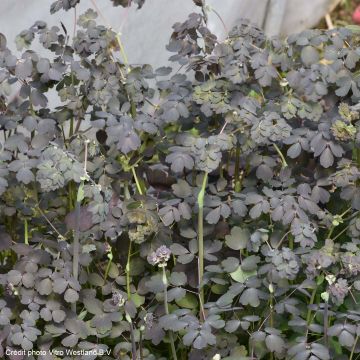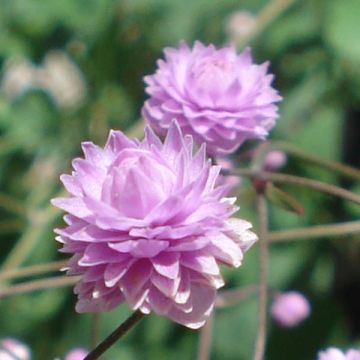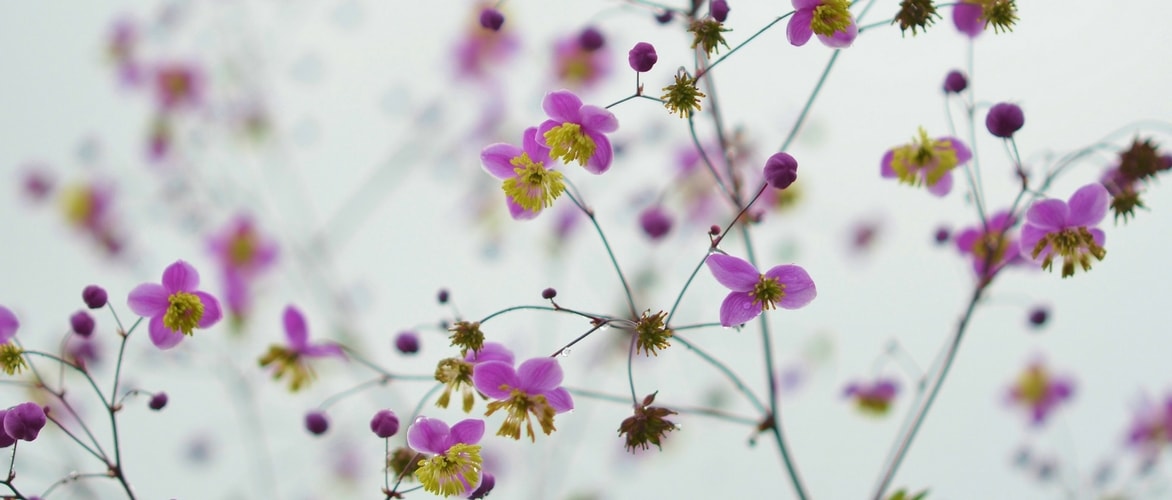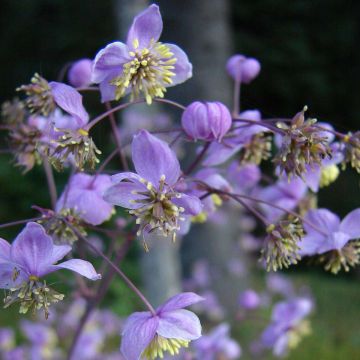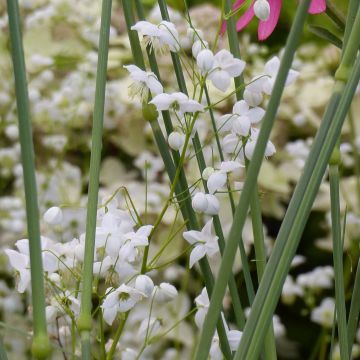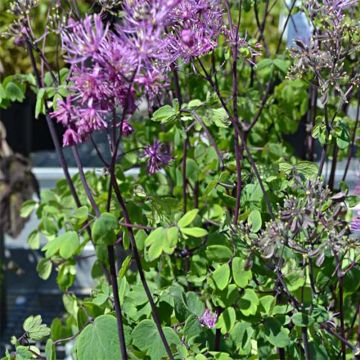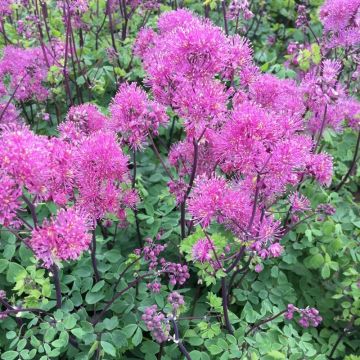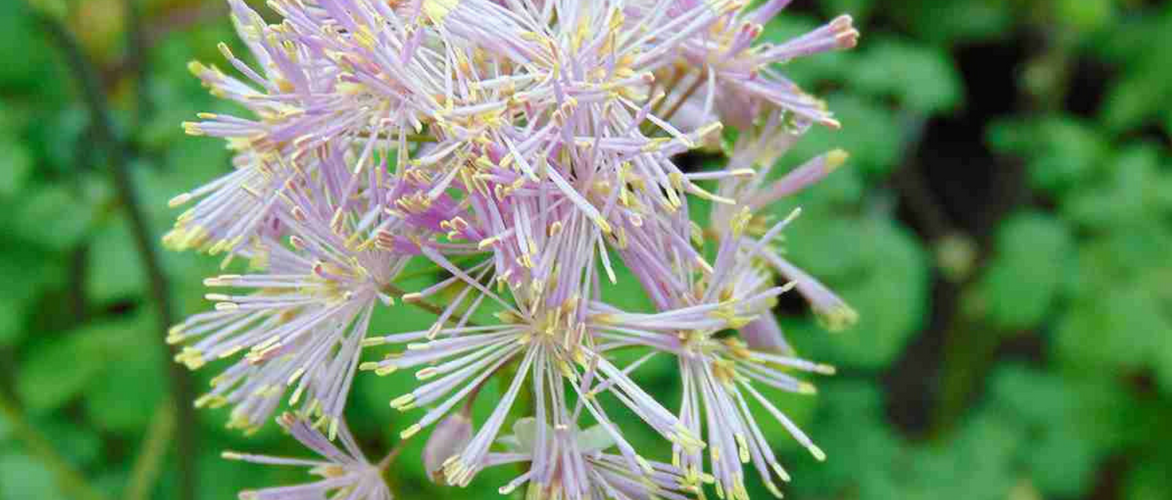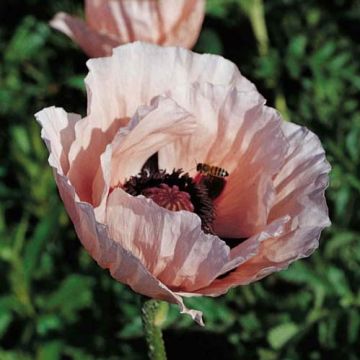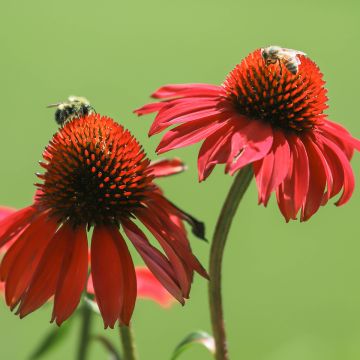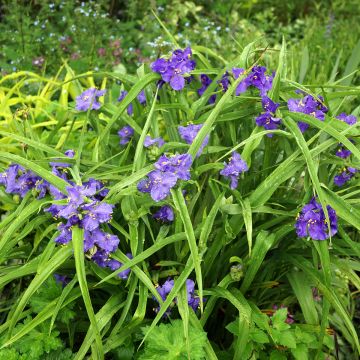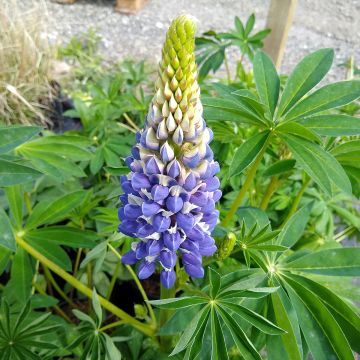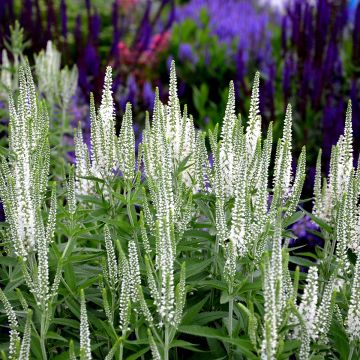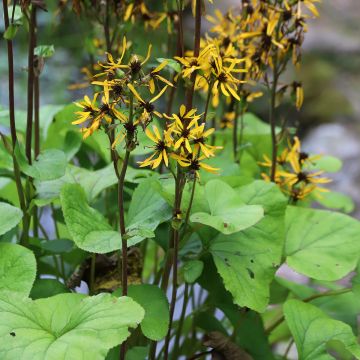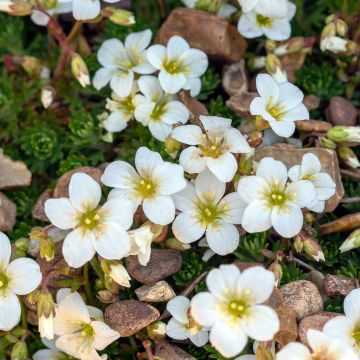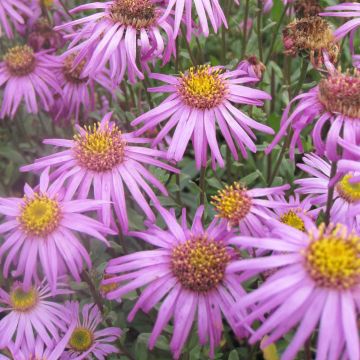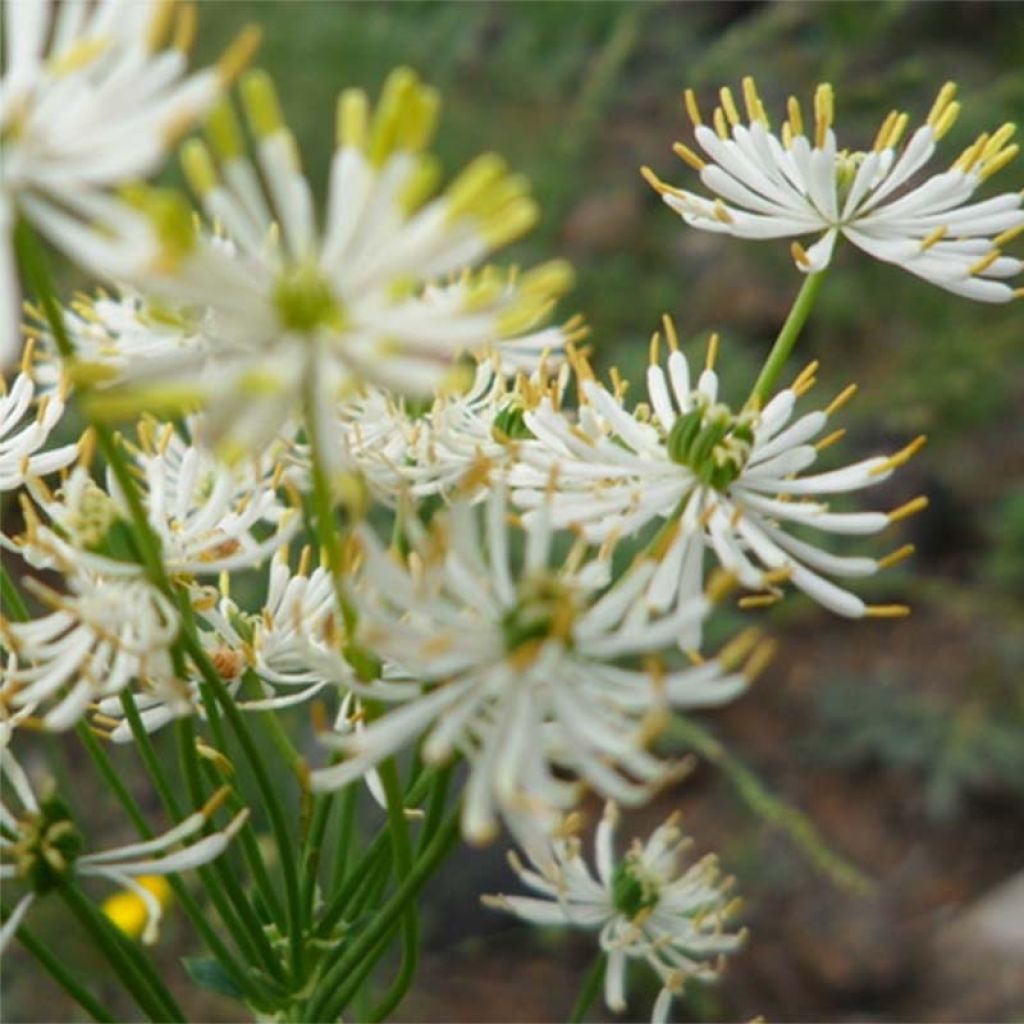

Thalictrum petaloideum - Meadow-rue
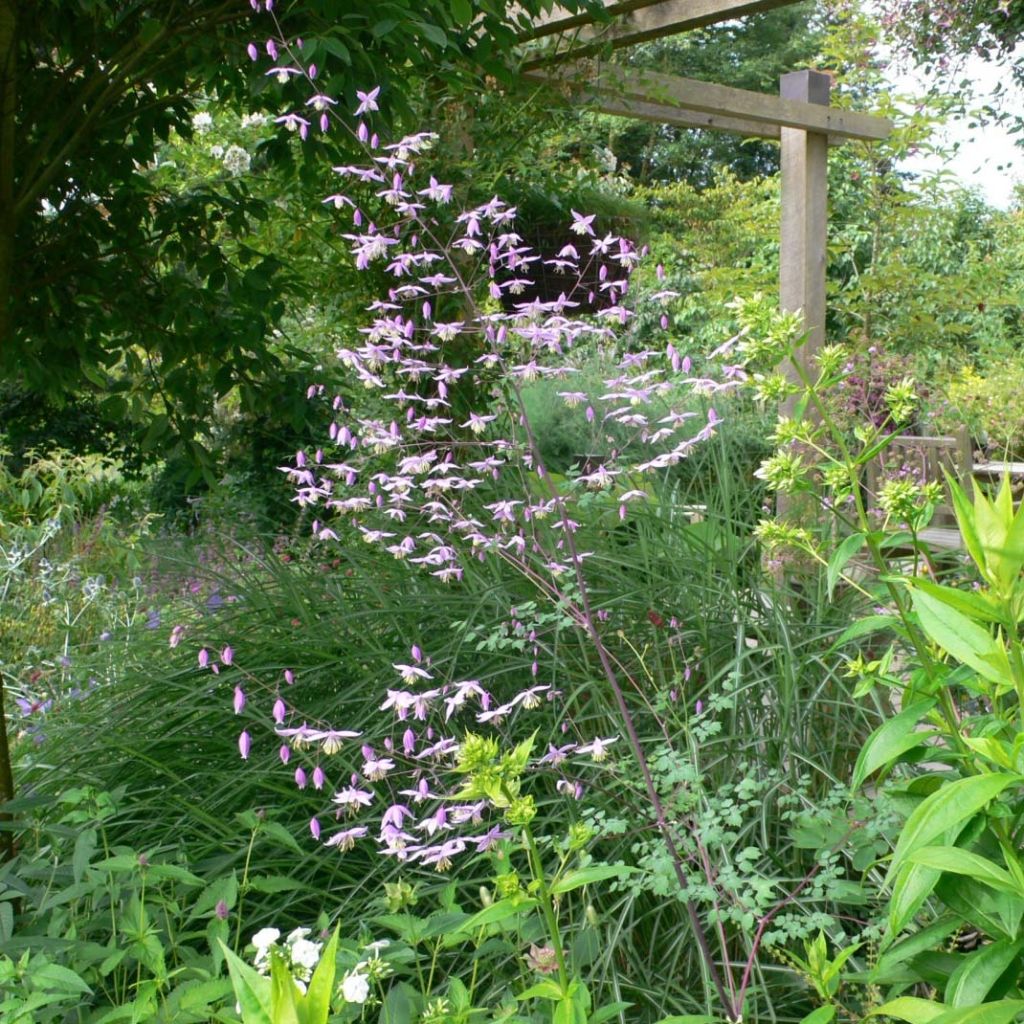

Thalictrum petaloideum - Meadow-rue
Thalictrum petaloideum - Meadow-rue
Thalictrum petaloideum
Meadow rue
Special offer!
Receive a €20 voucher for any order over €90 (excluding delivery costs, credit notes, and plastic-free options)!
1- Add your favorite plants to your cart.
2- Once you have reached €90, confirm your order (you can even choose the delivery date!).
3- As soon as your order is shipped, you will receive an email containing your voucher code, valid for 3 months (90 days).
Your voucher is unique and can only be used once, for any order with a minimum value of €20, excluding delivery costs.
Can be combined with other current offers, non-divisible and non-refundable.
Why not try an alternative variety in stock?
View all →This plant carries a 12 months recovery warranty
More information
We guarantee the quality of our plants for a full growing cycle, and will replace at our expense any plant that fails to recover under normal climatic and planting conditions.
Would this plant suit my garden?
Set up your Plantfit profile →
Description
Thalictrum petaloideum is a wild meadow rue native to temperate Asian prairies, known for its modest size, white and airy early summer flowering, and delicate blue-green columbine-like foliage. In the garden, this collectible perennial plant thrives in a prominent spot in a moderately dry rockery or border, in well-drained soil, even if it is limestone.
Thalictrum petaloideum, of the Ranunculaceae family, is a botanical species native to Korea, Mongolia, Siberia, and China, where it is found on grassy slopes and in meadows, between 700 and 3000 meters (2297 and 9842 feet) above sea level. It is a deciduous herbaceous plant with a rhizomatous and perennial root system, with vegetation emerging from the ground in spring and disappearing in winter. It forms a bushy clump that reaches about 35 cm (14in) in height when in flower, with a diameter of 30 cm (12in). The stems are branched from the base. Its foliage consists of leaves 10-15 cm (4-6in) long, divided three or four times, with small generally ovate leaflets, of a blue-green colour. From this clump of leaves rise highly branched panicle inflorescences, blooming from June to July, for 4 to 5 weeks. They are adorned with tiny flowers composed of very thin cream-coloured petals, giving them a cloudy appearance. Meadow rues, generally slow to establish, become more beautiful over time. They are quite hardy but do not appreciate competition from nearby roots.
Delicately textured and subtly blooming with a white mist, this small meadow rue undoubtedly brings a light and refined touch to borders and rockeries. It will find its place in a natural or romantic-inspired garden, exposed to not too harsh sunlight. It will be particularly effective in front of shrubs such as Viburnum, Osmanthus, and Spiraea. In borders, for example, combine it with perennial geraniums, pulsatilla anemones, or spring bulbs. However, be careful not to associate it with overly exuberant plants that could smother it.
Thalictrum petaloideum - Meadow-rue in pictures




Flowering
Foliage
Plant habit
Botanical data
Thalictrum
petaloideum
Ranunculaceae
Meadow rue
China
Other Thalictrum - Meadow Rue
View all →Planting and care
Thalictrum petaloideum is a hardy and low-maintenance perennial. It simply needs to be planted in partial shade or even in the sun, in well-drained soil that is not too dry. It does not tolerate very dry conditions, but it tolerates sunny exposures and rocky, even limestone, soils better than others. Planting can be done in spring or autumn. Do not hesitate to enrich the soil with a bit of compost every year to improve drainage in winter and facilitate root development. Also, do not forget regular watering during very dry and hot periods. Losing its leaves in autumn and completely disappearing in winter, it will only reappear in spring quite late. Therefore, it is advisable not to cut the plant down to the ground in autumn, so as not to forget its location the following spring.
Highly resistant to diseases, it can, however, be attacked by powdery mildew during intense drought and by slugs at the start of the growing season.
Planting period
Intended location
Care
Planting & care advice
This item has not been reviewed yet - be the first to leave a review about it.
Similar products
Haven't found what you were looking for?
Hardiness is the lowest winter temperature a plant can endure without suffering serious damage or even dying. However, hardiness is affected by location (a sheltered area, such as a patio), protection (winter cover) and soil type (hardiness is improved by well-drained soil).

Photo Sharing Terms & Conditions
In order to encourage gardeners to interact and share their experiences, Promesse de fleurs offers various media enabling content to be uploaded onto its Site - in particular via the ‘Photo sharing’ module.
The User agrees to refrain from:
- Posting any content that is illegal, prejudicial, insulting, racist, inciteful to hatred, revisionist, contrary to public decency, that infringes on privacy or on the privacy rights of third parties, in particular the publicity rights of persons and goods, intellectual property rights, or the right to privacy.
- Submitting content on behalf of a third party;
- Impersonate the identity of a third party and/or publish any personal information about a third party;
In general, the User undertakes to refrain from any unethical behaviour.
All Content (in particular text, comments, files, images, photos, videos, creative works, etc.), which may be subject to property or intellectual property rights, image or other private rights, shall remain the property of the User, subject to the limited rights granted by the terms of the licence granted by Promesse de fleurs as stated below. Users are at liberty to publish or not to publish such Content on the Site, notably via the ‘Photo Sharing’ facility, and accept that this Content shall be made public and freely accessible, notably on the Internet.
Users further acknowledge, undertake to have ,and guarantee that they hold all necessary rights and permissions to publish such material on the Site, in particular with regard to the legislation in force pertaining to any privacy, property, intellectual property, image, or contractual rights, or rights of any other nature. By publishing such Content on the Site, Users acknowledge accepting full liability as publishers of the Content within the meaning of the law, and grant Promesse de fleurs, free of charge, an inclusive, worldwide licence for the said Content for the entire duration of its publication, including all reproduction, representation, up/downloading, displaying, performing, transmission, and storage rights.
Users also grant permission for their name to be linked to the Content and accept that this link may not always be made available.
By engaging in posting material, Users consent to their Content becoming automatically accessible on the Internet, in particular on other sites and/or blogs and/or web pages of the Promesse de fleurs site, including in particular social pages and the Promesse de fleurs catalogue.
Users may secure the removal of entrusted content free of charge by issuing a simple request via our contact form.
The flowering period indicated on our website applies to countries and regions located in USDA zone 8 (France, the United Kingdom, Ireland, the Netherlands, etc.)
It will vary according to where you live:
- In zones 9 to 10 (Italy, Spain, Greece, etc.), flowering will occur about 2 to 4 weeks earlier.
- In zones 6 to 7 (Germany, Poland, Slovenia, and lower mountainous regions), flowering will be delayed by 2 to 3 weeks.
- In zone 5 (Central Europe, Scandinavia), blooming will be delayed by 3 to 5 weeks.
In temperate climates, pruning of spring-flowering shrubs (forsythia, spireas, etc.) should be done just after flowering.
Pruning of summer-flowering shrubs (Indian Lilac, Perovskia, etc.) can be done in winter or spring.
In cold regions as well as with frost-sensitive plants, avoid pruning too early when severe frosts may still occur.
The planting period indicated on our website applies to countries and regions located in USDA zone 8 (France, United Kingdom, Ireland, Netherlands).
It will vary according to where you live:
- In Mediterranean zones (Marseille, Madrid, Milan, etc.), autumn and winter are the best planting periods.
- In continental zones (Strasbourg, Munich, Vienna, etc.), delay planting by 2 to 3 weeks in spring and bring it forward by 2 to 4 weeks in autumn.
- In mountainous regions (the Alps, Pyrenees, Carpathians, etc.), it is best to plant in late spring (May-June) or late summer (August-September).
The harvesting period indicated on our website applies to countries and regions in USDA zone 8 (France, England, Ireland, the Netherlands).
In colder areas (Scandinavia, Poland, Austria...) fruit and vegetable harvests are likely to be delayed by 3-4 weeks.
In warmer areas (Italy, Spain, Greece, etc.), harvesting will probably take place earlier, depending on weather conditions.
The sowing periods indicated on our website apply to countries and regions within USDA Zone 8 (France, UK, Ireland, Netherlands).
In colder areas (Scandinavia, Poland, Austria...), delay any outdoor sowing by 3-4 weeks, or sow under glass.
In warmer climes (Italy, Spain, Greece, etc.), bring outdoor sowing forward by a few weeks.






























